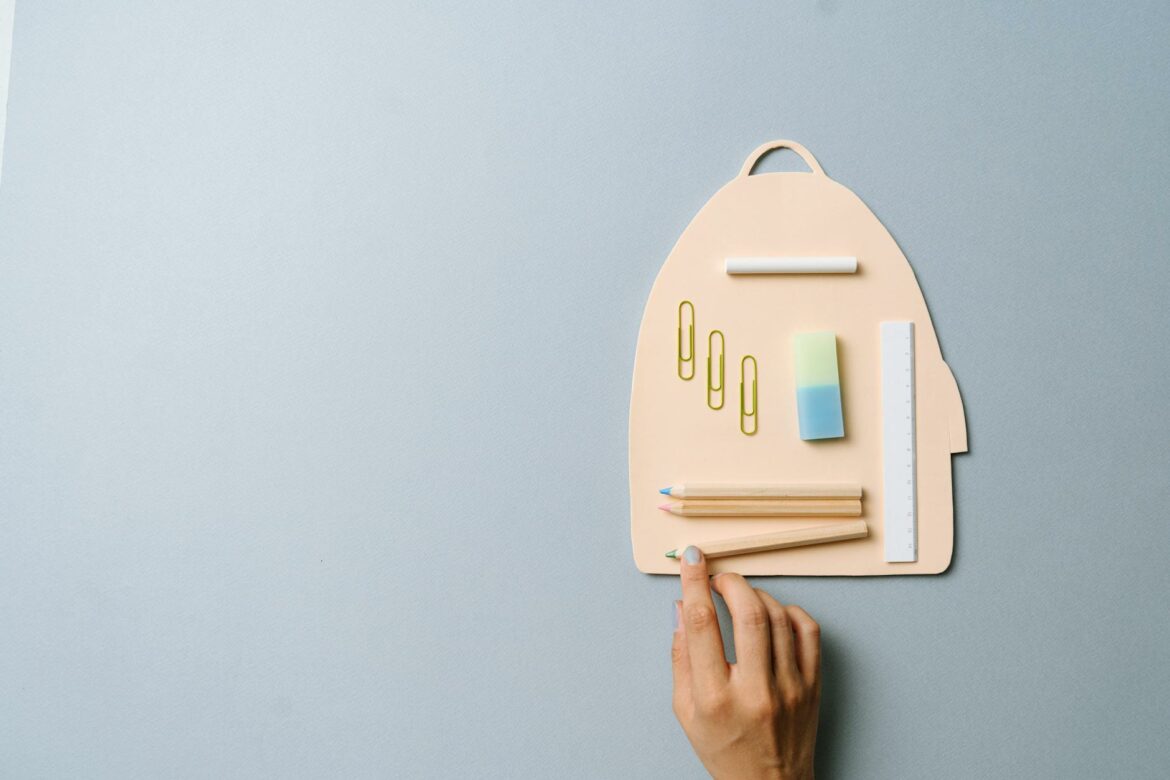The sun filters through a canopy of leaves, dappled light casting a warm glow on rustic wooden beams and overgrown pathways. Here, the air is sweet with the scent of blooming wildflowers, a gentle breeze carrying the soft murmurs of nature. A charming little cottage, with ivy creeping up its stone façade and a garden bursting with life, is the embodiment of a tranquil existence away from the chaos of modernity. This image encapsulates the essence of the “cottagecore” aesthetic — a trend that celebrates rustic simplicity, pastoral beauty, and a back-to-nature ethos. But as we wander through the kaleidoscope of aesthetics available today, it becomes clear that each “core” offers its own unique universe, each with distinct styles, values, and vibes that speak to the individual in different ways.
Cottagecore, with its emphasis on cozy living, has a rich tapestry woven with images of handmade crafts, baking fresh bread, and tending to gardens filled with heirloom vegetables. It’s a lifestyle that romanticizes the idea of rural life, inviting daydreams of endless afternoons spent reading in sun-drenched meadows or savoring tea in a sunroom surrounded by plants. Those who embrace this aesthetic often curate their surroundings with an assortment of vintage finds: delicate lace curtains, antique teacups, and mismatched china, creating a delightful sense of home that feels both nurturing and nostalgic.
Pivoting from the serene to the whimsical, we find ourselves in the bright, chaotic realm of “clowncore.” This aesthetic, a playful counterpart to the tranquility of cottagecore, embraces a wild array of colors, patterns, and eccentric fashion choices. Think oversized polka dots, bold stripes, and mismatched prints that seem to defy all rules of fashion, yet work together in a vibrant celebration of individuality. Clowncore invites its enthusiasts to revel in silliness — brightly colored wigs, exaggerated makeup, and oversized shoes become a form of self-expression that challenges the norms of beauty and seriousness. It’s a reminder that life doesn’t always have to be taken seriously; sometimes, all you need is a splash of color and a hearty laugh.
Moving along the spectrum of aesthetics, we encounter “goblincore,” an aesthetic that finds beauty in the overlooked and the unconventional. This subculture champions the charm found in the wild and the weird: mushrooms, moss-covered rocks, and even the humble snail. Enthusiasts celebrate life’s organic messiness, often favoring thrifted clothing that feels rugged and lived-in. The goblincore individual might be seen wandering through a dark forest, collecting interesting stones or foraging for edible herbs. This aesthetic is steeped in a deep love for the earth, inviting a sense of wonder about the natural world that thrives in the unseen corners of our everyday lives.
In stark contrast, “dark academia” evokes an entirely different atmosphere. It draws inspiration from classic literature, art, and the hauntingly beautiful architecture of old universities. Imagine dimly lit libraries filled to the brim with leather-bound books, the smell of old paper wafting through the air, and candlelight flickering against cold stone walls. Dark academia aesthetics appeal to those who cherish knowledge and creativity, often characterized by an affinity for turtlenecks, plaid skirts, and a color palette of deep greens, rich browns, and blacks. It’s an aesthetic wrapped in mystery, where intellectual pursuits are paired with a romanticism of bygone eras, inviting daydreams of late-night discussions under starlit skies or passionate debates over coffee in candlelit cafés.
Not all aesthetics are tethered to the earth or the intellect; take a step into the world of “fairycore,” a whimsical celebration of fantasy that often feels like a lucid daydream. With an infusion of soft pastels, ethereal fabrics, and elements of nature, fairycore beckons those who long for enchantment. It’s a playful aesthetic, characterized by flowing dresses adorned with floral patterns, delicate fairy wings, and an abundance of glitter. Imagine wandering through enchanting forests, where sunlight streams through the trees, and everything feels magical. Fairycore enthusiasts might engage in crafts like flower crown-making or enjoy picnics filled with whimsical treats, embracing a childlike wonder in a world that often feels too serious.
Stepping outside these more delicate and tranquil realms, we arrive at “grunge,” an aesthetic that emerged from the rebellious spirit of the 90s music scene. Grunge is all about a laid-back, anti-establishment vibe, characterized by ripped jeans, flannel shirts, and an overall unpolished aesthetic. It embraces the rawness of life, often seen in the art of band posters plastered on worn-out walls or in the battered records that evoke nostalgia for a time when music felt like a movement. Grunge invites its followers to embrace imperfections, celebrating authenticity and honesty over curated images.
Then there’s “kidcore,” an aesthetic that serves as a vibrant homage to childhood nostalgia. Bright colors, playful patterns, and the icons of youth — think cartoon characters and nostalgic toys — flood this aesthetic, creating a joyous atmosphere that celebrates the innocence of being young. Kidcore enthusiasts might adorn their spaces with plush toys, stickers, and colorful lights, reminiscent of the carefree days spent playing with friends or diving into countless adventures. This aesthetic invites everyone to reconnect with the simple joys of life, reminding us of the beauty found in imagination and play.
As we traverse through these vivid landscapes of aesthetics, it becomes evident that each “core” represents more than just a style; they encapsulate feelings, ideals, and eras, inviting us to reflect on who we are and who we want to be. From the cozy dreams of cottagecore to the lively embrace of clowncore, these aesthetics offer a canvas for self-expression and creativity. Each aesthetic is a thread woven into the larger fabric of culture, inviting individuals to explore their identities in a world that often feels fragmented. So whether you find yourself gravitating toward the tranquil serenity of the countryside or the bold chaos of a carnival, remember that every aesthetic holds its unique charm, and perhaps, it’s okay to embrace a little bit of them all.

